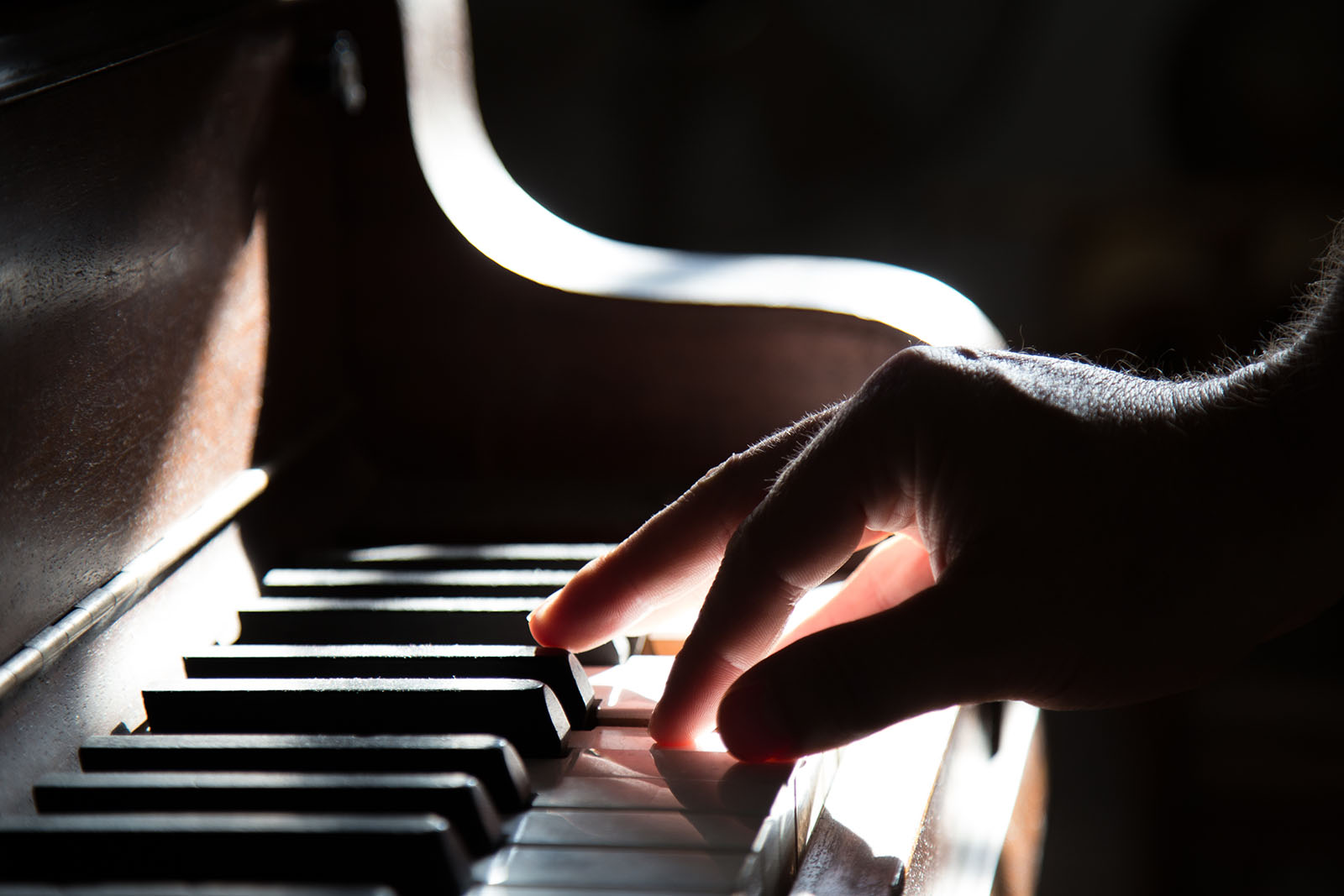Many of us remember the childhood the unsustained tinkling notes produced by the toy dulcimer. The grown-up version of this instrument, with the monochord and the psaltery, were the earliest forerunners of the piano. Then came the clavichord, in the 14th century, the harpsichord in the 15th century, and the spinet. The original piano was a cross between the first two of these. It was built in 1709, at Florence, by Bartolomeo Cristofori. He called it his ‘harpsichord con piano e forte’, and it was destined to supersede all other keyboard instruments.
Because Cristofori’s piano required a different touch in playing it, musicians of the day were slow in adapting themselves to its use. They found its tone weak, so makers had to give it a stronger one. This involved stronger strings, more tightly stretched, and, consequently, a stronger frame to take the increased strain; and an improved sounding board and hammer mechanism.
The piano in Britain The pianoforte was first introduced to England in 1768 by Johannes Zumpe, who had come from Germany to work here. By 1788 pianoforte solos became a feature of fashionable concerts. The demand for this new-fangled instrument grew and eventually young John Broadwood, who was apprenticed to the Swiss Burkat Tschudi, a London piano maker, made a series of improvements to the original pianoforte design. He extended the keyboard, fitted sustaining and soft pedals, and devised an entirely new action with a more powerful stroke. This became known as the ‘English action’. The Golden Age of British pianos had begun. Britain still boasts a number of the world’s leading piano manufacturers.
This Article shows how the skill and experience of the past 200 years, combined with modern techniques, have made the piano famous throughout the world although sadly now mostly made in the far east.Then and now For us, then, the piano superseded the harpsichord when innovations in the early 19th century gave the instrument power and expression. Since, Mozart, great musicians have played and written for the piano – especially Beethoven, Brahms, Chopin, Clementi, Debussy, Liszr, Mendelssohn and Rachmaninoff. The pianos is pre-eminently the composers’ instrument – the range encompasses that of a full orchestra in the mind of the composer.
The instrument is also at the centre of current popular music, played by world famous artists like Dudley Moore and Paul McCartney, and being an essential part of countless ‘groups’, it is increasingly favoured, too, as a means of relaxation for people in all walks of life.evious generations produced a great many non-professional piano players whose parents wanted their children to possess social graces. This was, in effect, “keeping up with the Jones’s” of the period. Not that this could be decried for it was – and still is – an accomplishment.
Although interest in the piano has waned from time to time, it is once again popular, and people of all ages today have the same desire to make music. Not only is this an expression of the creative urge which is within most of us, but for many the piano offers the best means of unwinding from the pressures of modern living.
Decorative and educative added to all this are many advantages in choosing a piano before other instruments. It is challenging to learn, expert tuition is available, and the rewards are pleasantly encouraging. Very much in its favour is the fact that performers do not have to tune a piano themselves. Used with other instruments which do require tuning – and with voices – it forms the basis of much collective social enjoyment and entertainment. It is also an important medium of education.
In appearance, too, the piano is an enormous asset to any domestic setting. Not being portable, it has long enhanced the main room of the home, with superbly finished casework, either blended to the surroundings or having exceptional decorative quality. The shape of a ‘grand’ or ‘baby grand’ is elegant – aesthetically very pleasing. Modern pianos are small enough to fit pleasingly into the décor of any room.
